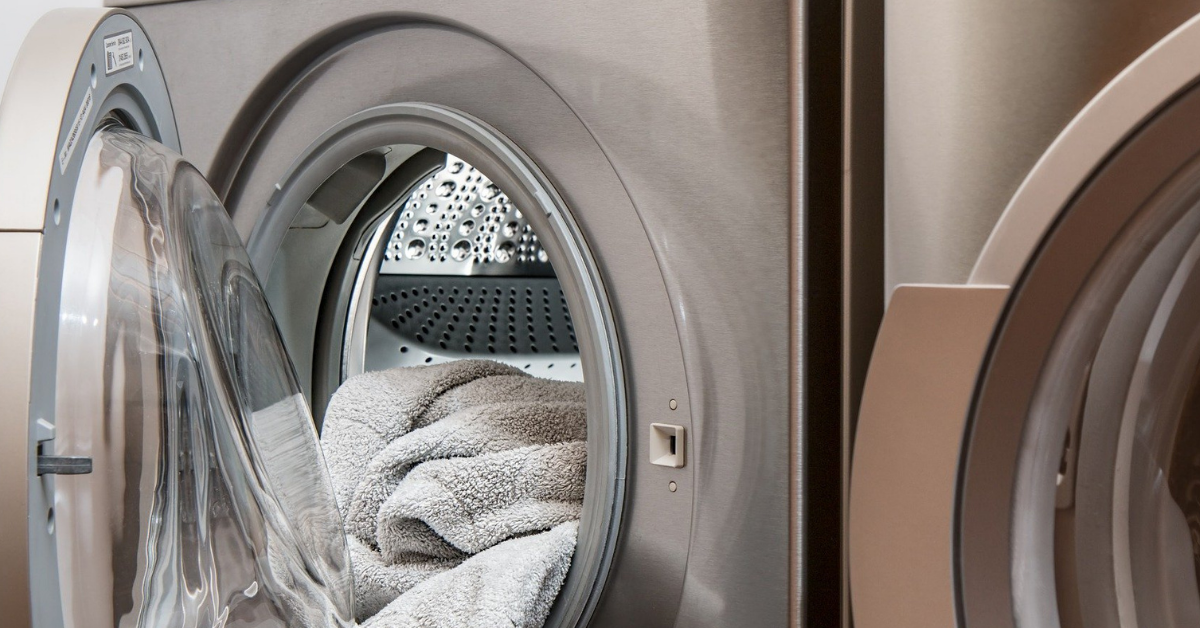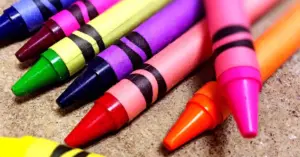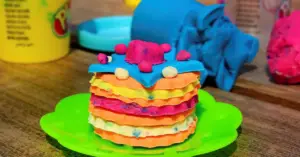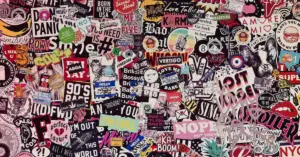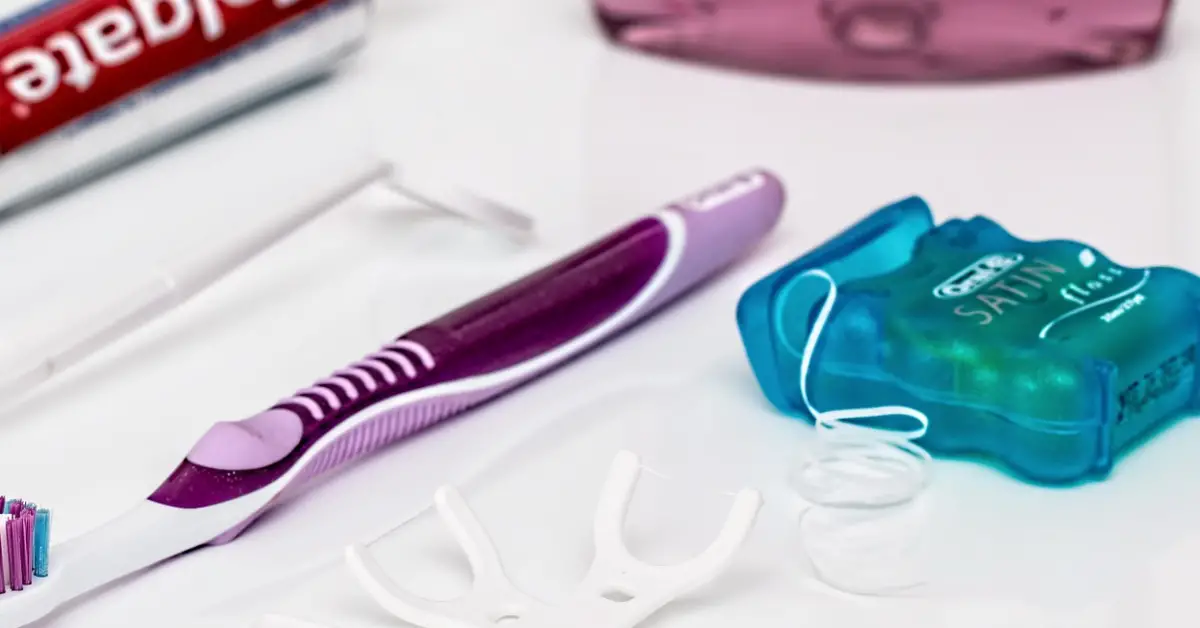For those of you that have (somehow) not come across dryer sheets before, they are a thin coated sheet that is placed into the tumble dryer with your clothes – they reduce static in your laundry load, make your clothes smell good – although this is debatable – and feel soft. They can be used as a substitute for the fabric conditioner in the wash cycle. With more and more people concerned about how ‘green’ their daily activities are, it raises the question; are these sheets planet-friendly or do they impact the environment negatively with every use?
How do dryer sheets work?
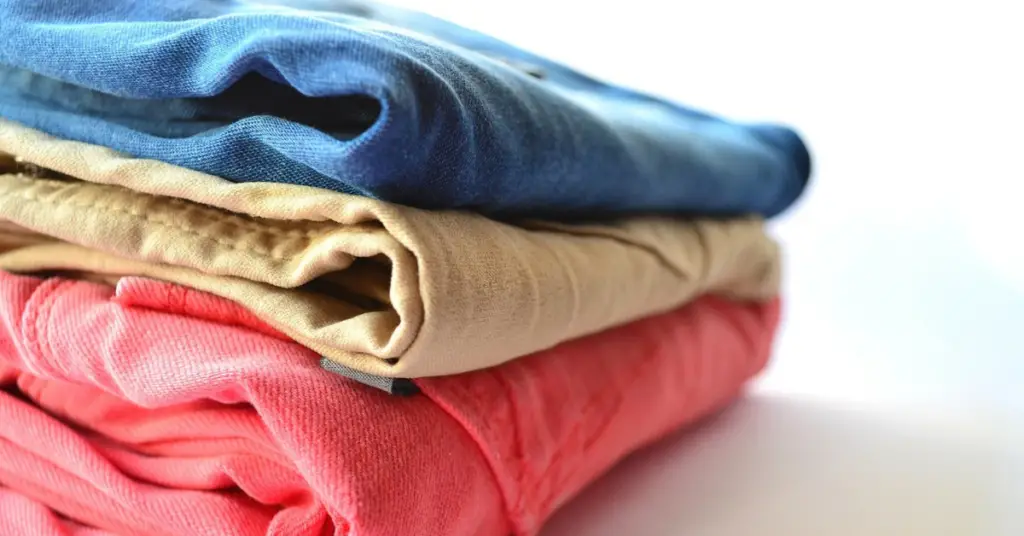
Dryer sheets are typically made from nonwoven polyester. This is coated with a liquid fabric softener which, when heated, gets released onto the clothes. They work well in the dryer as the polyester fabric is extremely durable and can withstand the heat of the drier. They can also be made so that the release of their coating is gradual throughout the duration of the wash.
From a scientific perspective, clothing in the dryer has a negative charge due to loose electrons – the softener has positively charged ions. These cancel each other out and, as a result, reduce static in your laundry load. Ultimately this reduction in static will prevent your clothes coming out the dryer bunched up and wrinkly.
So, are dryer sheets bad for the environment?
They release chemicals into the environment
Heat-activated dryer sheets result in a release of chemicals, such as ‘Quats’, into the air both in your home and outside – this is not good for humans, being linked to asthma amongst other health conditions, or the air quality of the surrounding environment. The Environmental Working Group (EWG) recommends you avoid using fabric softeners entirely due to the array of chemicals used – instead they recommend more natural solutions such as adding white vinegar to the wash cycle.
The dryer sheets also leave a film of softener/chemicals on your clothes. When rewashed, this could introduce the chemicals into the waterways – potentially affecting aquatic plants and animals.
Extra energy may be needed
The dryer sheets add a coating to the inside of your tumble drier as well as your clothes. Although this will not damage your dryer, it will affect how efficiently it works. This will mean that you may need to dry your clothes for longer – resulting in more energy used. Not good for your carbon footprint or your wallet.
All clothes are not suited to being used with dryer sheets. Although, they work with most natural fibers, they can affect the performance of some items and even cause safety issues. Towels, for instance, can’t be dried alongside dryer sheets – this will reduce their absorption ability. More worryingly, they can even make some clothes more flammable. Particularly children’s nightwear and baby clothes.
As well as the extra hassle splitting the garments into separate bundles (those suitable for use with dryer sheets and those not), you may need to do a separate load – further adding to your energy usage. Furthermore, it can damage clothes if they are unsuitable for drying with a dryer sheet – ultimately causing more waste, in the form of old clothing, to add to the landfill site.
Most dryer sheets are single use
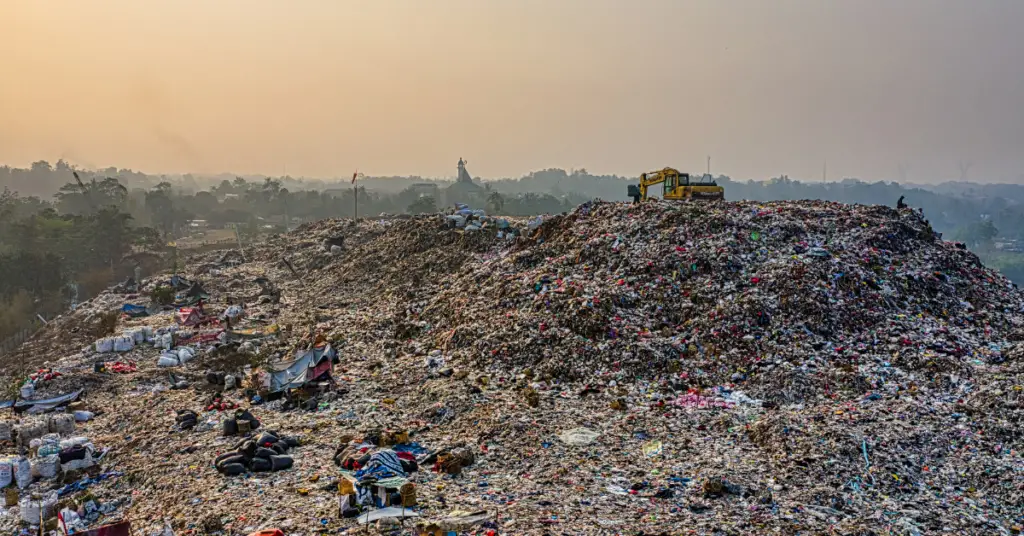
Dryer sheets can, generally, only be used once (as a dryer sheet, anyway). This creates a massive amount of waste that, in most cases, is destined for the landfill sites – where it can take the nonwoven polyester sheets centuries to break down. Landfill sites have a negative impact on the environment – significant amounts of greenhouse gases are released from these garbage piles which, ultimately, leads to global warming. Harmful chemicals also infiltrate the surrounding soils and waterways, impacting plants and wildlife. Dryer sheets contribute to this – and have the added danger of being mistaken for food and consumed by animals, causing a choking or poisoning hazard.
Dryer sheets are non-compostable and non-recyclable
Unfortunately, tumble dryer sheets – due to being made with nonwoven polyester – cannot be recycled or composted. The durability of the fabric makes them great for their purpose in the intense heat of the dryer, but unfortunately it also means that they can lie in landfill for many, many years.
Products have been brought onto the market, notably those by Method, that replace the polyester with unbleached paper. These are better in that they can be thrown in the compost pile to help produce a nutrient-rich fertilizer for your garden – but if you aren’t green-fingered or don’t currently have a compost pile, the bad news is they cannot be recycled with your regular paper and will need to be thrown in the trash. The essential oils they are coated with are not suitable for the recycling process. But they will biodegrade quickly compared with other materials in landfill though, so it isn’t all bad!
The bottom line
The polyester material that dryer sheets are made from make them particularly bad for the environment – they are not compostable (generally) and can’t be recycled, making them destined for the landfill site unless diverted temporarily by using for other household cleaning tasks. They can also reduce efficiency of your dryer, making them even less green. We recommend avoiding these completely (they are not essential – despite what marketers will tell you) due to their environmental impact or using one of the varieties that can be composted. Have a look at some of our alternative ideas here.

